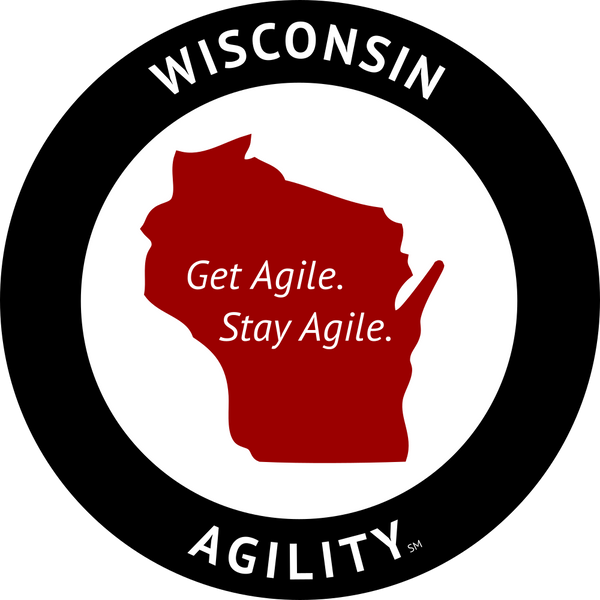Get Agile and Stay Agile: A Continuous Journey
Chad Beier and Jeff BubolzShare
In today's fast-paced world, agility has become more than just a buzzword - it's a necessity. But what does it truly mean to "get agile" and "stay agile"? This post delves into these concepts, exploring the essence of agility and the continuous effort required to maintain it.

Understanding Agility
When we talk about agility, we often think about the ability to change directions quickly. However, agility is much more nuanced. It's about optimizing our actions and strategies to respond rapidly and effectively to changing circumstances. To achieve this, we need to align our strategy around three core areas: efficiency, effectiveness, and predictability. Each of these areas comes with its own set of trade-offs, and balancing them is key to true agility.
The Misconception of a Single Goal
Many people view agility as a one-time transformation - an endpoint to reach. However, this perspective is fundamentally flawed. Agility is not a destination but a journey. Initially, it takes a significant amount of work to increase an organization's level of agility. This involves optimizing processes, adopting new tools, and fostering a culture of rapid responsiveness.
The Ongoing Effort
Once you've achieved a certain level of agility, the journey doesn't end there. Staying agile requires continuous effort. In an ever-changing world, maintaining agility means continuously adapting and improving. It's akin to staying physically fit. You can get fit by exercising and eating right, but maintaining that fitness requires ongoing effort and conscious decision-making.
Similarly, to stay agile, you must keep working at it. Agility, like fitness, can fade if not actively maintained. This continuous effort ensures that your organization remains responsive and adaptive, ready to tackle new challenges and seize emerging opportunities.
